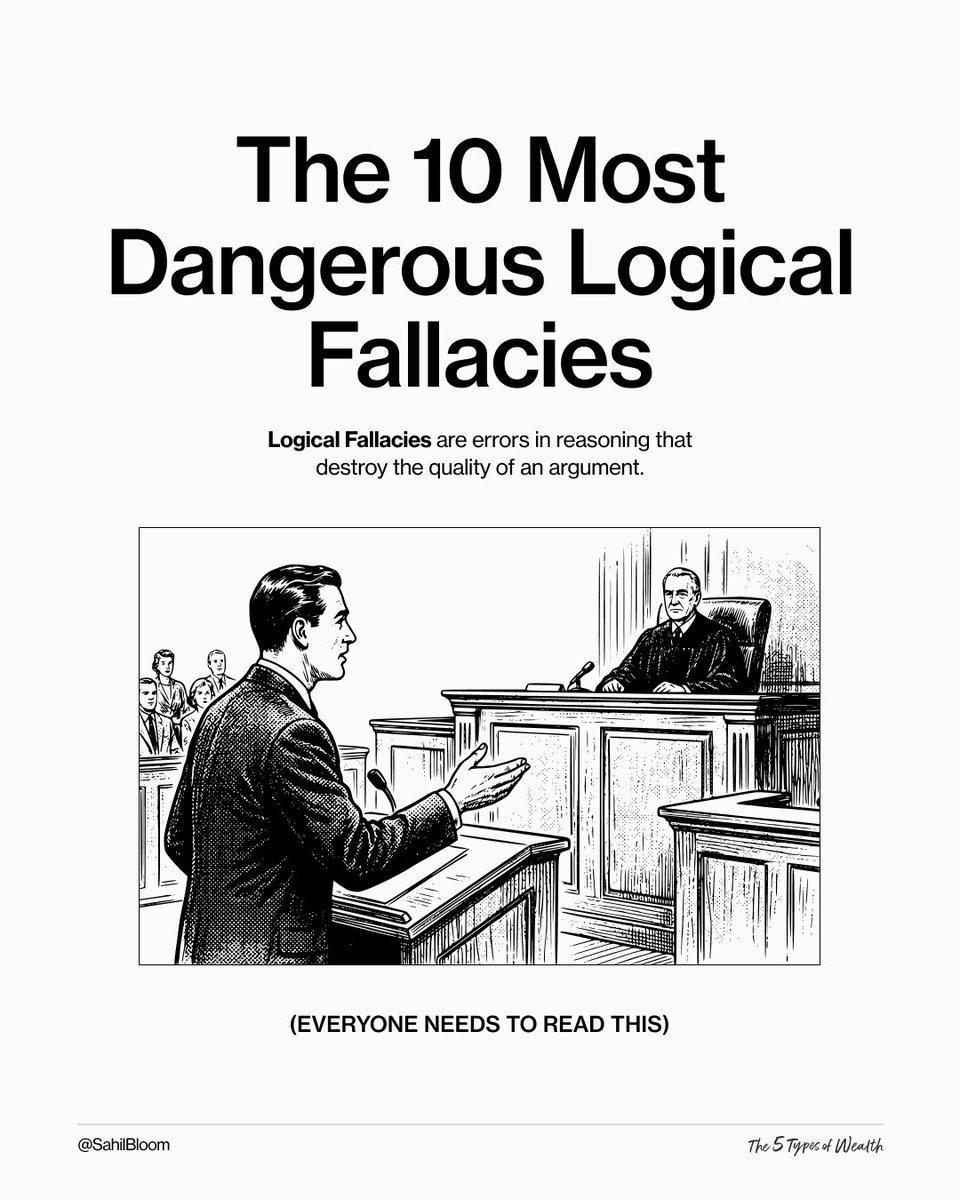What can hedgehogs and foxes teach us about startups, entrepreneurship, investing, and growth?
A lot.
THREAD: A mental model on vision, focus, and the journey from good to great:
A lot.
THREAD: A mental model on vision, focus, and the journey from good to great:
Let's start at the beginning...
In the 8th century BC, a Greek poet named Archilochus penned a line that has stood the test of time.
"The fox knows many things; the hedgehog knows one big thing."
Its meaning has been eagerly debated by great writers and thinkers ever since.
In the 8th century BC, a Greek poet named Archilochus penned a line that has stood the test of time.
"The fox knows many things; the hedgehog knows one big thing."
Its meaning has been eagerly debated by great writers and thinkers ever since.

In a literal sense, the fox has an array of tricks at her disposal, but is defeated by the hedgehog's singular, spiky defense.
In a figurative sense, Archilochus is highlighting the difference between those with singular vision and those with more scattered inspirations.
In a figurative sense, Archilochus is highlighting the difference between those with singular vision and those with more scattered inspirations.
The dichotomy of the hedgehog and the fox entered the more mainstream lexicon in 1953.
It was then that philosopher Isaiah Berlin published an essay entitled The Hedgehog and the Fox, which would go on to be one of his most popular and well-regarded works.
It was then that philosopher Isaiah Berlin published an essay entitled The Hedgehog and the Fox, which would go on to be one of his most popular and well-regarded works.

Berlin's essay sought to divide history's great writers and thinkers into two groups:
Hedgehogs: who view the world through the lens of a single, all-encompassing idea
Foxes: who draw upon myriad experiences and cannot view the world through the lens of a single idea
Hedgehogs: who view the world through the lens of a single, all-encompassing idea
Foxes: who draw upon myriad experiences and cannot view the world through the lens of a single idea

In The Hedgehog and the Fox, Berlin largely focused on categorizing writers and thinkers into these two groups.
But he also - perhaps unintentionally - sparked the concept to cross the chasm into a new domain.
Leadership and business.
Enter stage left: Jim Collins...
But he also - perhaps unintentionally - sparked the concept to cross the chasm into a new domain.
Leadership and business.
Enter stage left: Jim Collins...
In 2001, renowned author Jim Collins released Good to Great, a book exploring why certain companies are able to achieve greatness after long periods of mediocrity.
In it, Collins referenced The Hedgehog and the Fox in building out what he referred to as The Hedgehog Concept.
In it, Collins referenced The Hedgehog and the Fox in building out what he referred to as The Hedgehog Concept.

Collins asserted that the leaders of the good-to-great companies were all hedgehogs - people with a singular, all-encompassing vision.
These leaders were uniquely capable of taking the complexity of their businesses and markets and simplifying it into a unifying idea.
These leaders were uniquely capable of taking the complexity of their businesses and markets and simplifying it into a unifying idea.
The Hedgehog Concept is a simple framework for identifying that unifying idea or vision.
It is found at the center of:
(1) What you are passionate about
(2) What drives your economic engine
(3) What you can be the best at
This last point is nuanced and worth a brief aside...
It is found at the center of:
(1) What you are passionate about
(2) What drives your economic engine
(3) What you can be the best at
This last point is nuanced and worth a brief aside...

What can you be the best at?
Most people and companies have a very tough time with this question.
It's not about a process to become the best.
It's not about a strategy, plan, or roadmap.
It's a simple, self-reflective exercise in identifying what game you should be playing.
Most people and companies have a very tough time with this question.
It's not about a process to become the best.
It's not about a strategy, plan, or roadmap.
It's a simple, self-reflective exercise in identifying what game you should be playing.
Here's one way to go about it:
Map a list of skills or attributes on a page.
Where do you spike? Where do you lag? Mark the map with + and - accordingly.
Reflect on your map.
What game am I playing? Am I uniquely positioned to "win" that game? What game should I be playing?
Map a list of skills or attributes on a page.
Where do you spike? Where do you lag? Mark the map with + and - accordingly.
Reflect on your map.
What game am I playing? Am I uniquely positioned to "win" that game? What game should I be playing?
The key point here is that succeeding on the journey from good to great requires you (or your company) to play a game that you can be great at!
Far too many people and companies spend years languishing in the valley of mediocrity simply because they were playing the wrong game.
Far too many people and companies spend years languishing in the valley of mediocrity simply because they were playing the wrong game.
Ok, after that brief aside (which probably deserves its own thread in future), back to hedgehogs and foxes...
We have established a mental model:
Foxes have multiple motivations, while hedgehogs have a singular focus.
So where might you apply this mental model in practice?
We have established a mental model:
Foxes have multiple motivations, while hedgehogs have a singular focus.
So where might you apply this mental model in practice?
Investing
Whether you are investing in startups or mature public companies, understanding management and their motivations is of paramount importance.
This is often easier said than done.
Try asking a simple, clarifying question: Is the leader a hedgehog or a fox?
Whether you are investing in startups or mature public companies, understanding management and their motivations is of paramount importance.
This is often easier said than done.
Try asking a simple, clarifying question: Is the leader a hedgehog or a fox?
It can be a tricky question to answer. It hits a very common investor blindspot.
Investors tend to fall in love with foxes. They are dynamic, social, and multi-talented.
Hedgehogs may not be any of these things, but with their singular focus, they are always in the fight.
Investors tend to fall in love with foxes. They are dynamic, social, and multi-talented.
Hedgehogs may not be any of these things, but with their singular focus, they are always in the fight.
The best investors with the longest track records of success go to great lengths to understand management motivations and identify the hedgehogs.
@honam has a great piece on this below. @GavinSBaker and @DennisHong17 talk and write about this often.
altos.vc/blog/foxes-and…
@honam has a great piece on this below. @GavinSBaker and @DennisHong17 talk and write about this often.
altos.vc/blog/foxes-and…
The mental model also applies to your personal development.
Are you a hedgehog or a fox?
Are you working toward a singular, unifying vision? Or are you pulled apart by a variety of motivations?
Importantly, the characterization lies on a spectrum. It is not an absolute.
Are you a hedgehog or a fox?
Are you working toward a singular, unifying vision? Or are you pulled apart by a variety of motivations?
Importantly, the characterization lies on a spectrum. It is not an absolute.
In his famous book On Grand Strategy, Yale professor John Lewis Gaddis points out that Abraham Lincoln likely embodied features of both the hedgehog and the fox.
He had a unifying vision, but used certain fox-like means and characteristics to achieve his goals.
He had a unifying vision, but used certain fox-like means and characteristics to achieve his goals.

Be ruthlessly honest and reflect on where you lie on the spectrum.
Most of us (myself included!) will find that we are more fox than hedgehog.
Try using Jim Collins' Hedgehog Concept to identify your unifying vision.
We can all take steps to be more hedgehog-like.
Most of us (myself included!) will find that we are more fox than hedgehog.
Try using Jim Collins' Hedgehog Concept to identify your unifying vision.
We can all take steps to be more hedgehog-like.
The hedgehog and the fox becomes a mental model you can't unsee.
It will force you to think carefully about your personal motivations and provide a clear lens through which to examine and evaluate companies and management teams.
It will force you to think carefully about your personal motivations and provide a clear lens through which to examine and evaluate companies and management teams.
For more, I highly recommend the books below:
Good to Great: amzn.to/3qMzFaF
On Grand Strategy: amzn.to/3wekJDj
The Hedgehog and the Fox: amzn.to/2UoFZJe
Good to Great: amzn.to/3qMzFaF
On Grand Strategy: amzn.to/3wekJDj
The Hedgehog and the Fox: amzn.to/2UoFZJe
And for a longer-form piece (and audio recording!) on this topic, check out my newsletter below.
Subscribe for more! sahilbloom.substack.com/p/hedgehogs-an…
Subscribe for more! sahilbloom.substack.com/p/hedgehogs-an…
Follow me @SahilBloom for more threads and posts on mental models, business, and finance. You can find all of my threads in the meta-thread below.
https://twitter.com/sahilbloom/status/1284583099775324161
And if you are a job seeker, be sure to check out my job board, where I curate and share unique and interesting roles in finance and tech. New roles added every single week! pallet.xyz/list/thebloomb…
• • •
Missing some Tweet in this thread? You can try to
force a refresh






















